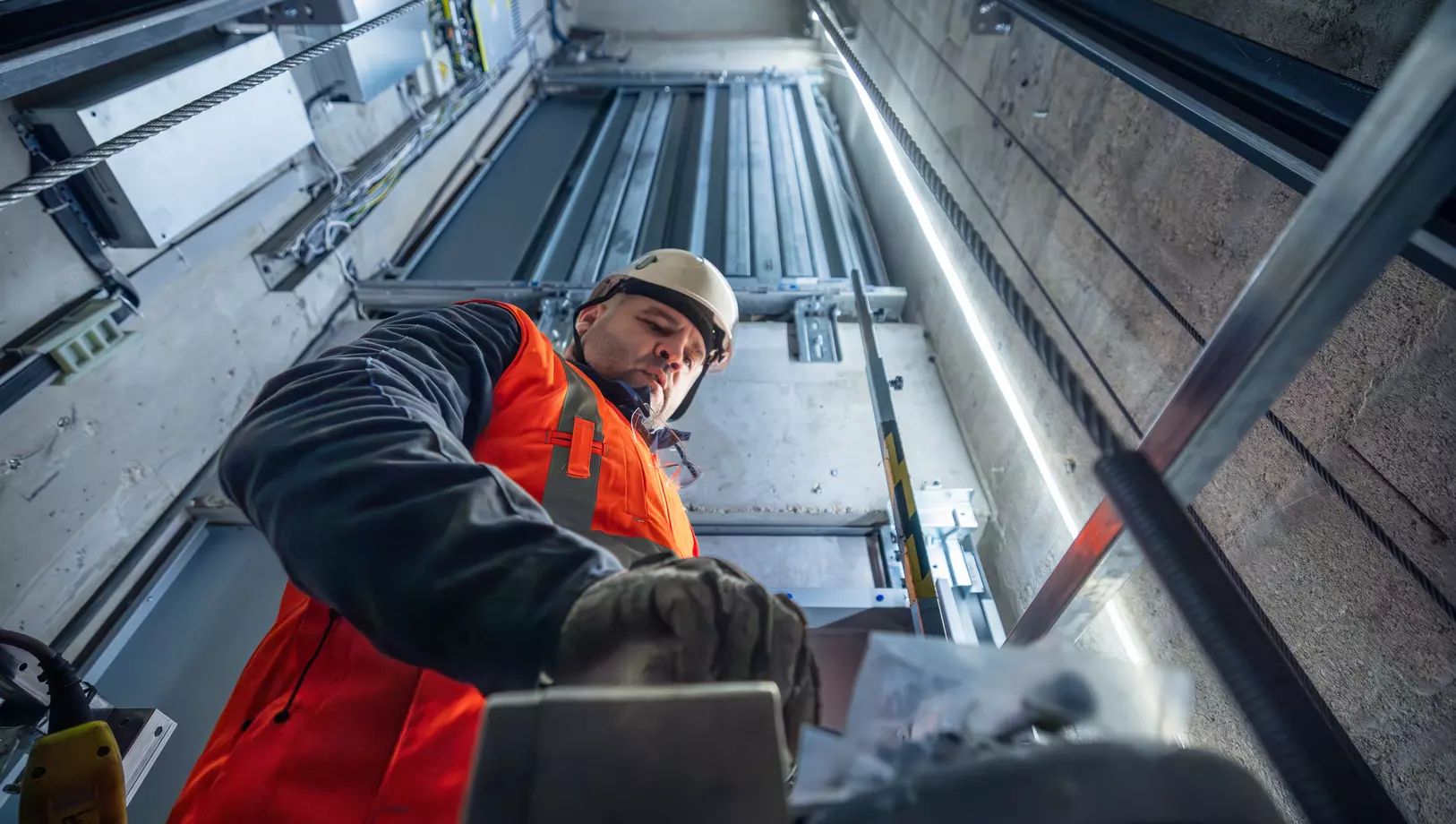_CDClNzoaUQDKPfeaLaUDo.jpg?width=1920&quality=80&format=auto)
Lifting the Future: How Tirak Hoists Power Elevator Construction
The elevator construction environment demands the highest safety standards. Tirak hoists are designed with crucial safety features that make them well-suited for this industry.

Lifting the Future: How Tirak Hoists Power Elevator Construction
When you see a sleek new elevator gliding smoothly through a building, it's easy to overlook the complex construction process that brought it to life. At the heart of this process, often working tirelessly behind the scenes, are robust and reliable lifting solutions like the Tirak hoist from Tractel. These powerful machines play a critical role in the safe and efficient installation of elevator systems. So, how exactly are Tirak hoists utilized in elevator construction? Let's take a closer look.
The Vertical Challenge: Lifting Heavy Components
Elevator construction inherently involves moving substantial components vertically within the confined space of the elevator shaft. This is where Tirak hoists truly shine. Their key advantage lies in their ability to handle unlimited wire rope lengths, making them ideal for the varying heights of modern buildings. Here's how they tackle the lifting challenges:
- Positioning the Backbone: Guide Rail Installation: The precise installation of guide rails for both the elevator car and the counterweight is paramount for smooth and safe operation. Tirak hoists are used to lift and carefully position these rails within the shaft, allowing technicians to secure them accurately.
- Raising the Heart: Car Frame and Cabin Installation: The elevator car frame and the cabin itself are significant structural elements. Tirak hoists provide the necessary lifting capacity to hoist these heavy units into the shaft and precisely position them at the required levels for fixing.
- Balancing the System: Counterweight Assembly: The counterweight system is crucial for energy efficiency and smooth movement. Tirak hoists are employed to lift and place the counterweight frames and individual weights within the designated area in the shaft.
- Powering the Movement: Machine and Equipment Lifting: In machine room-less (MRL) elevators or when installing equipment in traditional machine rooms, Tirak hoists are essential for lifting motors, gearboxes, controllers, and other heavy machinery to their designated locations.
Beyond Lifting: Providing Essential Access
Tirak hoists aren't just about moving the big pieces. They also play a vital role in facilitating the work of the installation teams:
- Creating Elevated Workspaces: Temporary Platforms: During various stages of installation, technicians require safe and stable access at different heights within the shaft. Tirak hoists can be used to power and position temporary work platforms, allowing for efficient and secure work on different levels.
Safety First: Integrated Features for Secure Operations
The elevator construction environment demands the highest safety standards. Tirak hoists are designed with crucial safety features that make them well-suited for this industry:
- The Unwavering Backup: Blocstop Secondary Brake: This independent mechanical brake is a critical safety net. If the primary brake encounters an issue or an overspeed situation occurs, the Blocstop automatically engages, bringing the load to a secure stop. This is paramount when personnel might be working below or near the lifted components.
- Controlling the Descent: Overspeed Detection: Select Tirak models feature overspeed detection systems that monitor the lowering speed. If it exceeds a pre-set limit, the Blocstop is immediately activated, preventing potentially dangerous situations.
- Preventing Overload: Overload Protection: Lifting beyond the hoist's capacity is a serious safety hazard. Some Tirak models incorporate overload protection mechanisms that prevent lifting if the load exceeds the safe limit, protecting both personnel and equipment.